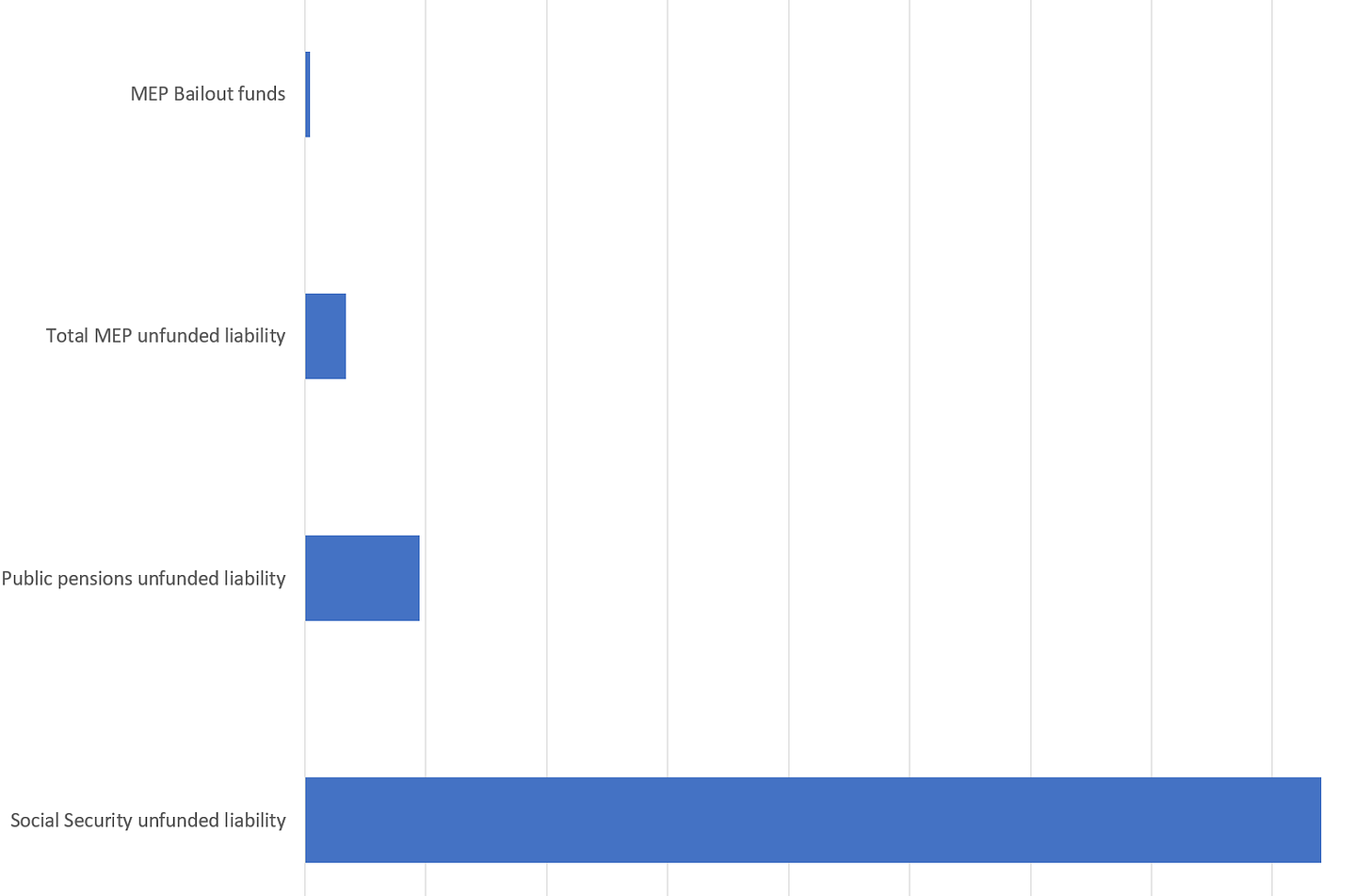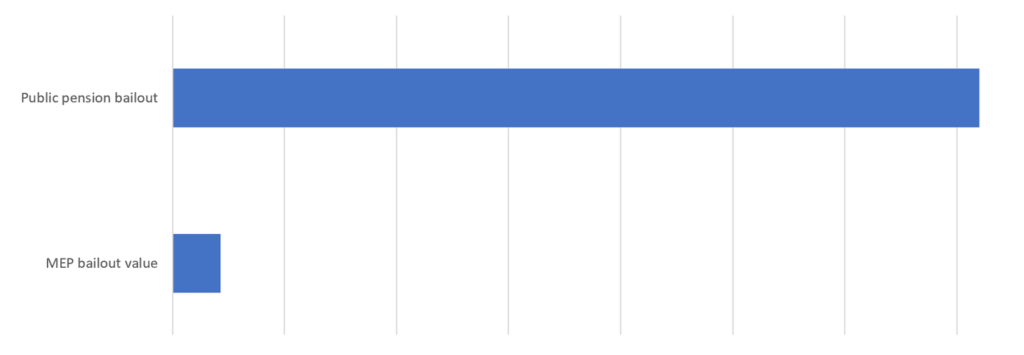Link: https://www.morganlewis.com/blogs/mlbenebits/2021/03/multiemployer-pension-relief-expected-by-march-14
Excerpt:
EPPRA takes a far more direct approach to the problem than prior proposals. Under EPPRA, eligible plans can receive financial assistance from a new Treasury-backed PBGC fund. The available financial assistance will be sufficient for eligible plans to pay all benefits for 30 years. This includes any benefits previously suspended under the Multiemployer Pension Reform Act of 2014 (MPRA), which must be restored by plans that apply for assistance under EPPRA. EPPRA’s special financial assistance will not, however, cover adjustable benefits that have been cut under a rehabilitation plan.
The assistance is payable in a single lump sum without any repayment obligation. To qualify for assistance, a multiemployer pension plan must meet one of four conditions:
1. Be in critical and declining status
2. Have previously imposed a benefit suspension under MPRA
3. Be in critical status, have a modified funded percentage of less than 40% on a current liability basis, and have a ratio of active to inactive participants of less than 2 to 3
4. Be insolvent
The PBGC may prioritize plans that are insolvent, that require more than $1 billion of assistance, or that have suspended benefits under MPRA.
Author(s): Timothy P. Lynch, Daniel R. Salemi, Benjamin T. Kelly
Publication Date: 9 March 2021
Publication Site: Morgan Lewis

